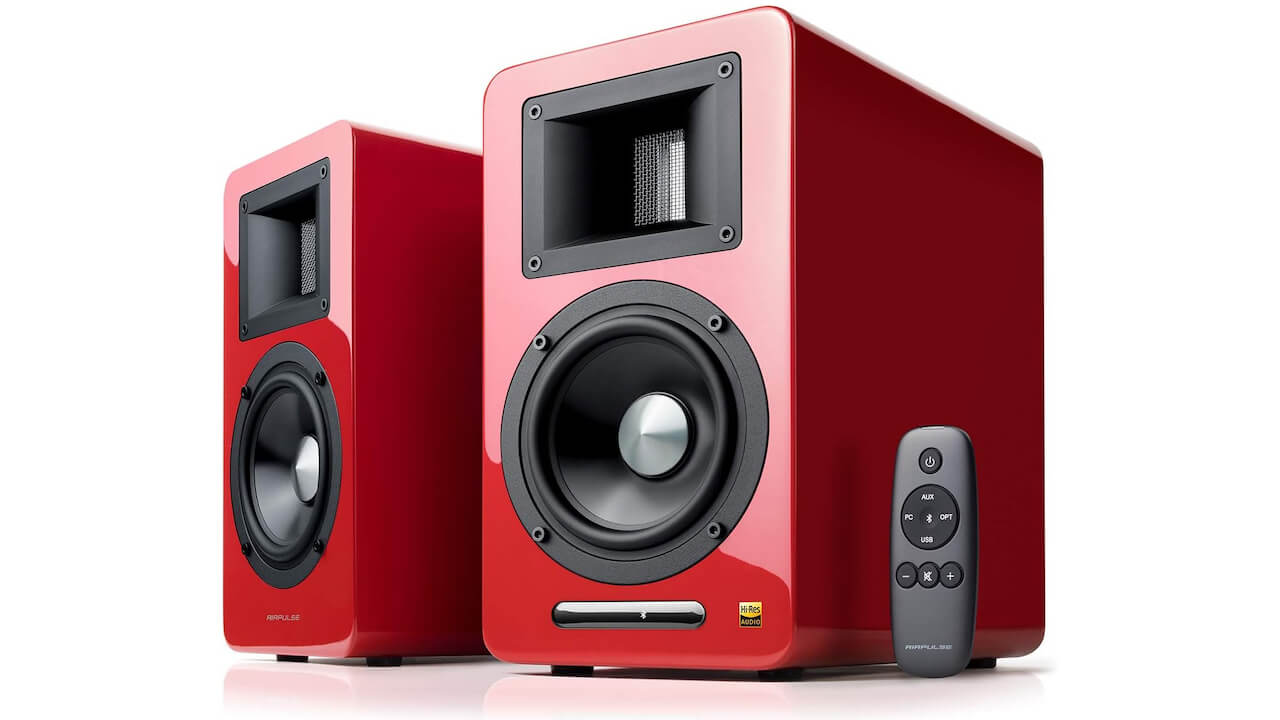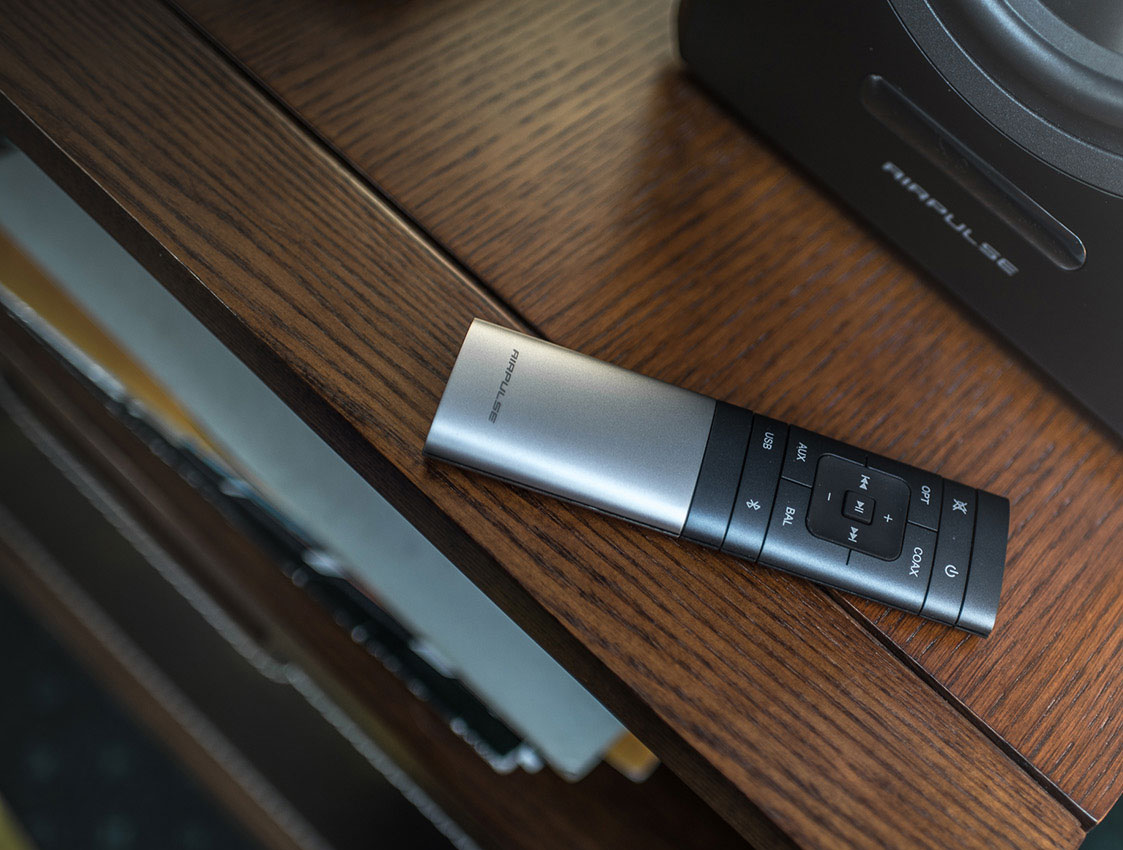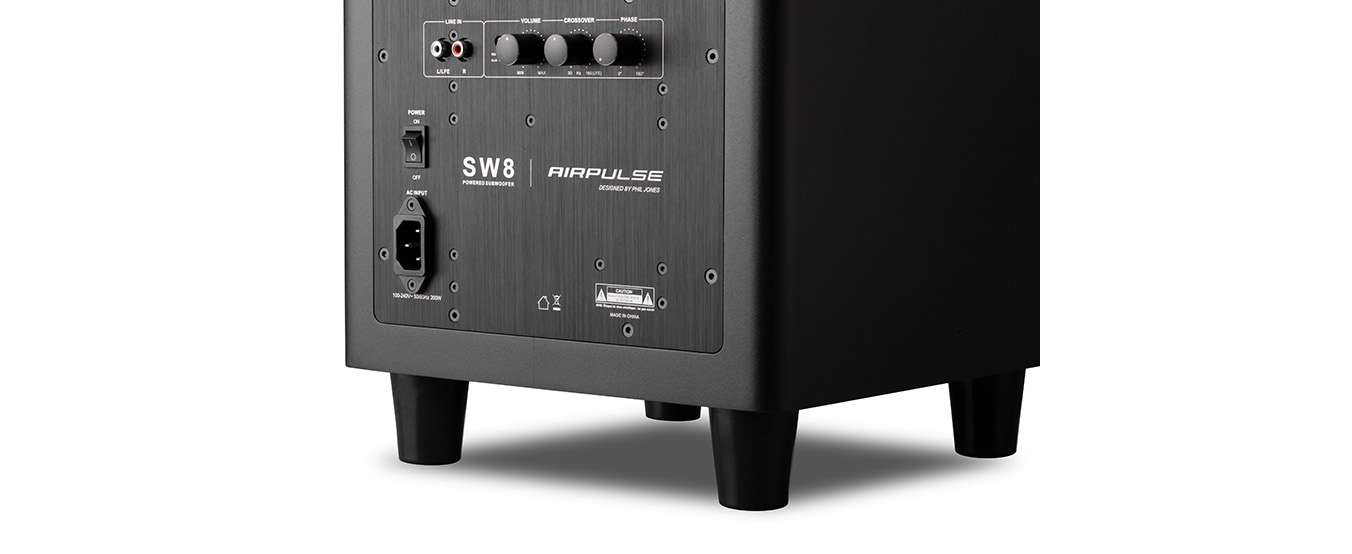When it comes to upgrading our audio experience, the market is rife with claims and suggestions on what speakers promise the best sound quality. However, the quest for the perfect sonic experience is often clouded by numerous myths and marketing tactics that don't always align with the truth. In this article, we're setting the record straight by debunking common sound quality myths and focusing on what genuinely impacts speaker performance.
Myth 1: Bigger Speakers Always Sound Better
One of the most prevalent misconceptions is that bigger speakers automatically guarantee better sound. While it's true that larger speakers can move more air and typically produce deeper bass, size alone doesn't determine audio quality. Many compact speakers now incorporate advanced technologies that allow them to deliver a full, rich sound that belies their small stature. The key is in the design, the quality of the components, and how they're engineered to work together.
Myth 2: More Watts Means More Quality
Power ratings (measured in watts) are often mistaken for indicators of sound quality. However, watts merely describe an amplifier's output capability or a speaker's power handling, not how good it will sound. A high-quality, low-powered speaker can outperform a lower-quality, high-powered one in terms of audio fidelity. It's not about the power; it's about how efficiently a speaker uses that power to convert an electrical signal into sound.
Myth 3: All Speakers Sound the Same with Digital Sources
The digital age has brought us countless benefits, but it also spawned the myth that all speakers sound the same with digital sources because digital files are identical copies. This overlooks how speakers interpret these digital signals, varying vastly in terms of internal parts like DACs (Digital to Analog Converters), materials used, and overall design. These aspects deeply influence how a speaker reproduces sound, making certain pairs of speakers better suited to specific genres or audio types.
Myth 4: Expensive Cables Always Improve Sound Quality
While quality cables can preserve the integrity of an audio signal, the notion that increasingly expensive cables always offer corresponding improvements in sound quality is misleading. Beyond a certain quality level, the differences become largely imperceptible. It is more important to ensure cables are of adequate quality and suitably matched to your equipment than to invest in high-priced options with diminishing returns.
What Really Matters in Speaker Performance
1. Driver Quality: The quality and type of a speaker's drivers (tweeters, woofers, etc.) play a critical role in its ability to reproduce sound accurately.
2. Cabinet Construction: The build and design of a speaker's cabinet have a significant impact on its sound. Materials and construction quality can affect resonance, distortion, and overall audio clarity.
3. Signal Path: The quality of components in the signal path (including amplifiers and source players) and their synergy have a profound effect on how speakers perform.
4. Room Acoustics: The environment in which you listen to your speakers can hugely affect perceived sound quality. Room size, shape, furnishings, and speaker placement all contribute to the overall sound.
5. Personal Preference: Ultimately, the subjective nature of listening means what sounds best is often a matter of personal taste. Trusting your ears is as important as considering technical specifications.
To conclude, dispelling myths around speaker performance is crucial to make informed decisions about audio equipment. By focusing on what genuinely influences sound quality, rather than being swayed by marketing hype or common misconceptions, you can choose speakers that truly meet your needs and enrich your listening experience. Remember, the best speaker isn't the one with the most impressive specs on paper, but the one that brings you the most enjoyment in real-world use.




